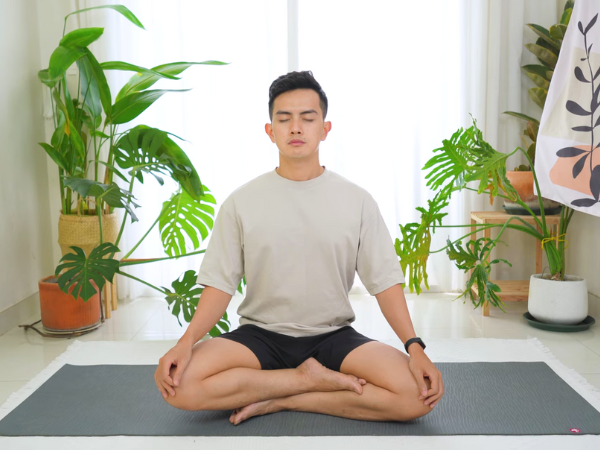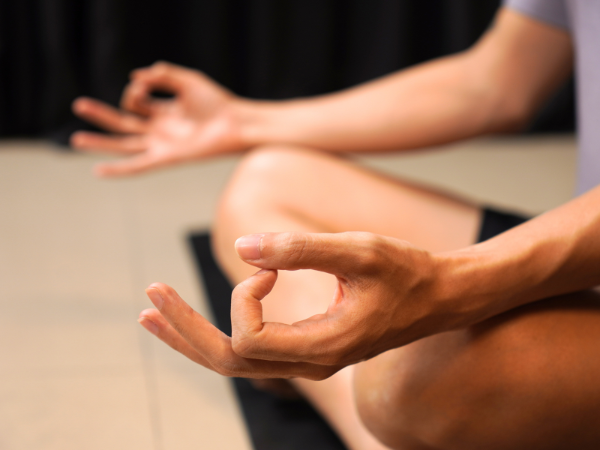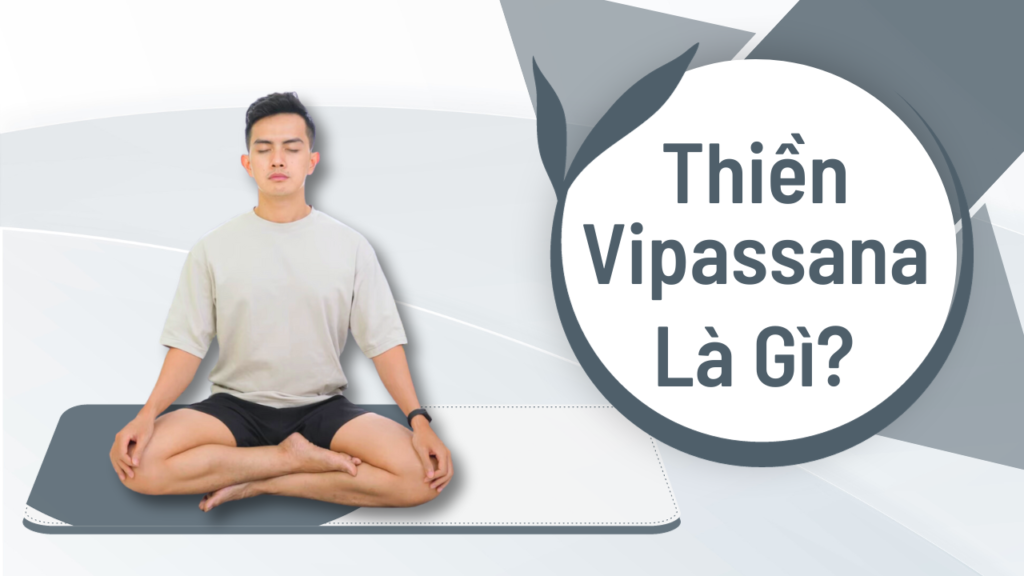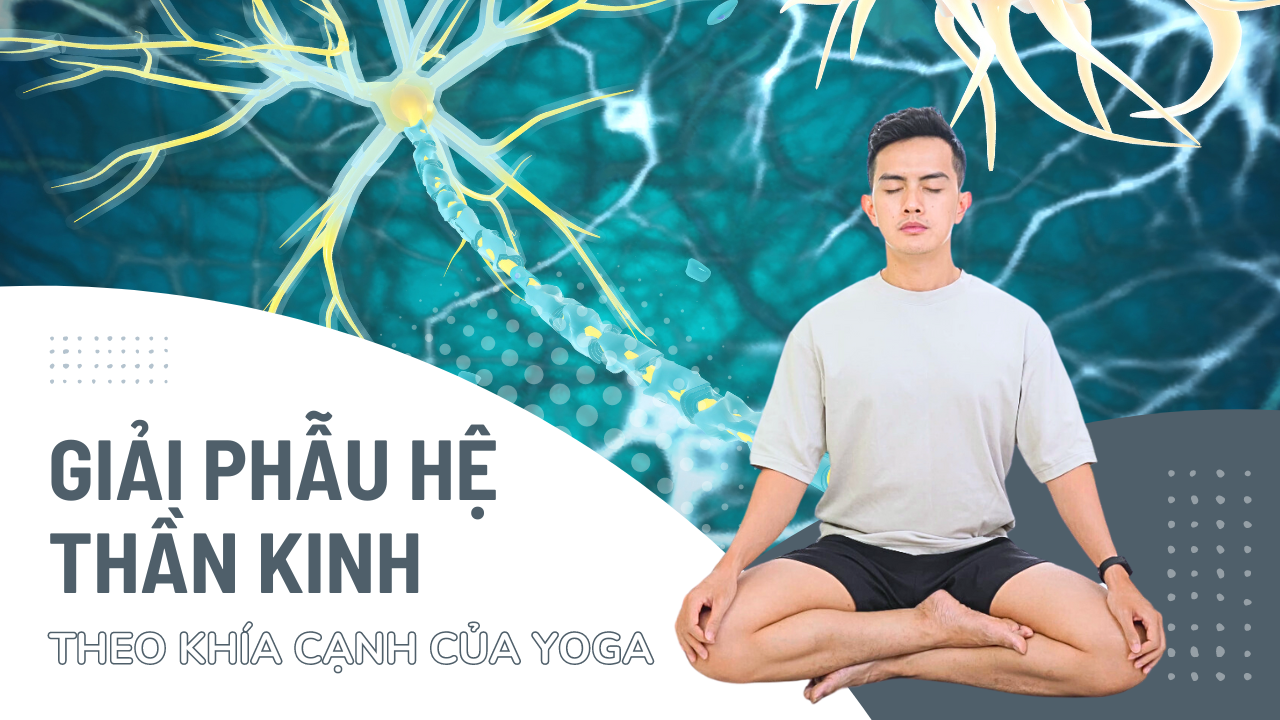In today's life, pressure and stress from modern life often cause us to lose balance and peace of mind. This makes many of you look for ways to find peace within yourself. One of the ancient meditation methods, which has existed for thousands of years and is currently attracting increasing interest, is Vipassana Meditation.
Vipassana meditation is not simply a meditation technique, but also a philosophy of life, a method of self-observation and self-transformation. In this article, we will explore more deeply about Vipassana Meditation, understand what it is, its amazing benefits and how to practice it.
What is Vipassana Meditation?

Vipassana means “seeing things as they really are” – and is one of India's oldest meditation techniques. It was rediscovered by Gotama Buddha over 2500 years ago and taught by him as an Art of Living.
Vipassana is a method of self-transformation through self-observation. When conducting Vipassana meditation, your task is to focus on a specific image/event and observe it. During this process, it is most important that you do not let any other thoughts, judgments, or actions interfere with your state of observation.
The purpose of Vipassana meditation is to purify the mind, eliminate impurities (greed, anger, ignorance, ego), help develop wisdom, to be free from suffering, to have real peace and happiness.
Benefits of Vipassana Meditation
Vipassana meditation brings many benefits both mentally and physically. Some benefits of Vipassana meditation include:
- Develop a clear and calm mind: Vipassana meditation helps students develop a clear and calm mind. The practice of mindfulness can help reduce stress and anxiety.
- Increase awareness of the present: Practicing Vipassana can help people become less reactive to their thoughts and emotions, avoiding getting caught up in a never-ending cycle of ruminating about the past and future.
- Improve physical health: Studies have shown that people who participate in Vipassana meditation courses experience improved health.
- Reduce negative emotions: Vipassana meditation technique also helps reduce negative emotions such as anger, hatred and greed. Vipassana teaches you to observe these emotions instead of dwelling on them, leading to a more mindful and calm state.
- Improved assessment capabilities: Vipassana meditation can stimulate consciousness and self-control. By improving these factors, you can become a better decision maker.
How to Practice Vipassana Meditation

If practicing Vipassana meditation at home, follow these steps:
- Set aside 10 to 15 minutes to practice, especially right after waking up in the morning.
- Choose a quiet area, free of distractions. For example, an empty room or a cool, quiet place outdoors are good choices.
- Sit on the ground, put your feet back in a comfortable position. Activate your abdominal muscles, straighten your back and relax your body.
- Close your eyes and breathe normally. Focus on your natural breathing and the sensations you experience.
- Focus on each inhale and exhale. Observe your thoughts, feelings, and sensations without reacting or judging.
- If you get distracted, simply observe the distraction and return to focusing on your breathing.
- Your goal is to do this for at least 5 to 10 minutes when you start. Once you become familiar with this practice, work up to 15 minutes or longer in Vipassana meditation.
The Difference Between Vipassana Meditation and Other Types of Meditation
- Loving-kindness meditation: Focus on your emotions and state of mind, aiming to build compassion and tolerance through practicing empathy and love. While Vipassana is more neutral, this meditation method involves observing thoughts and emotions without prejudice or judgment.
- Meditation: Focus on calming your mind and creating inner stillness. This method uses focusing on a fixed point or breath to achieve calmness. Meanwhile, Vipassana meditation is observation, without thoughts, judgments or any other actions.
- Transcendental Meditation: Usually involves using a mantra or sound to help you achieve a state of deep relaxation and mental clarity… It involves developing deep awareness and exploring the extraordinary aspects of soul. Vipassana is a form of silent meditation that uses the mind to observe while meditating.
- Moving meditation: Use movement with intention to promote mood changes or create an uplifting feeling. For example, Yoga meditation combines movement with breathing. During Vipassana, you will sit still and practice inner observation..
Notes When Practicing Vipassana Meditation
When practicing Vipassana Meditation, there are some important notes you should follow for an effective and safe meditation experience:
- Sitting position: Sit comfortably on a mat or pillow. Put your feet on the ground, especially if you sit on a high pillow. Make sure you have a natural posture and a straight back.
- Time: Start with a short amount of time, then gradually increase practice time as you become comfortable with the technique.
- Discipline and patience: Vipassana meditation requires discipline and patience. There will be times when you may feel difficult or make no noticeable progress. This is normal and patience with the process is required.
- Practice regularly: Try to practice Vipassana daily or regularly for better results and long-term benefits.
Nguyen hopes the above sharing will be useful in your journey to conquer Yoga. Please see and look forward to more articles about Meditation and Yoga at Nguyen Yoga website, besides there are also many other useful videos on the channel Youtube Nguyen Yoga that you can refer to.



